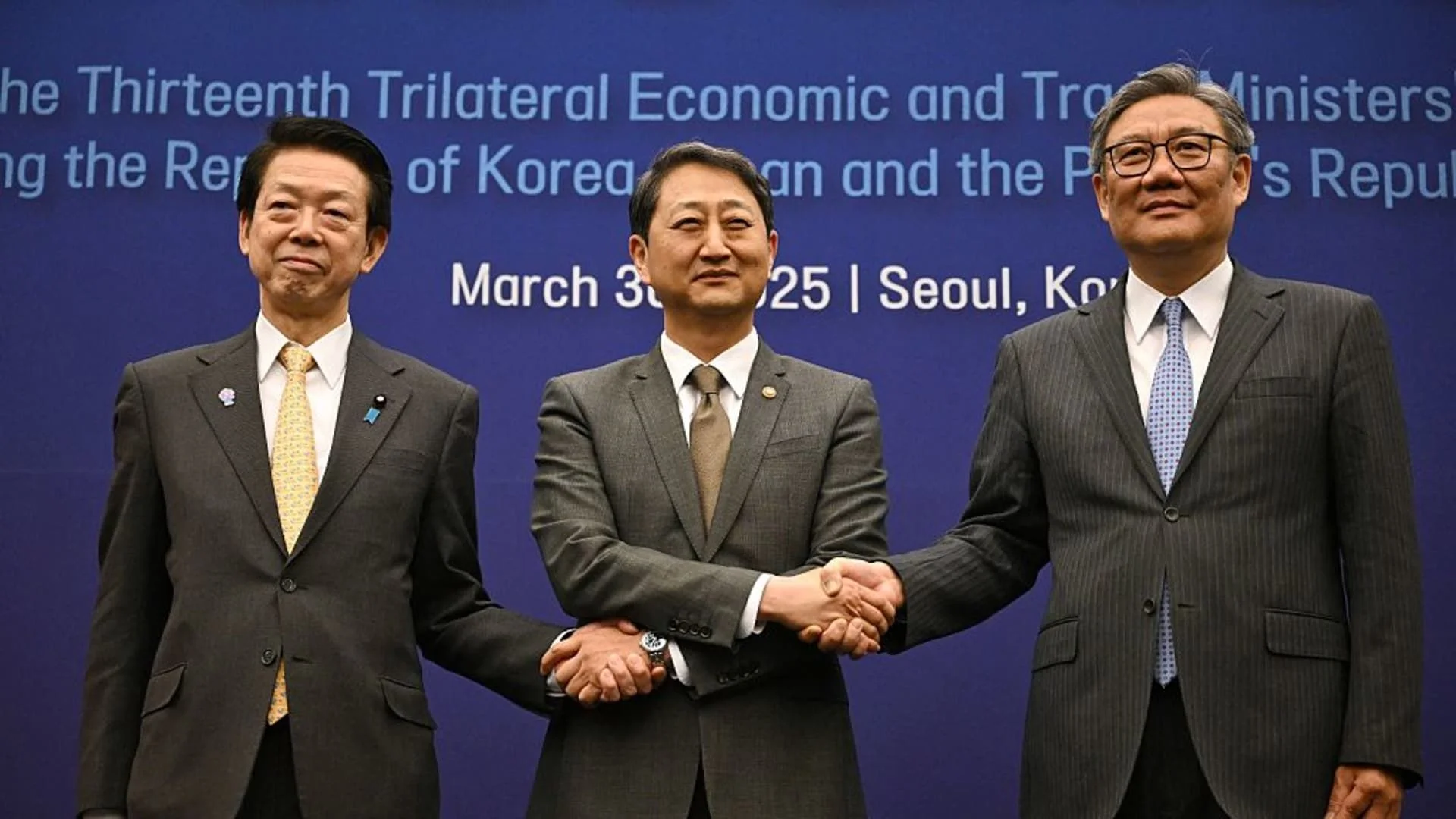Even after US bribery allegations of $265 million to different parties against Gautam Adani and his nephew Sagar, the Adani Group is able to keep up its growth trajectory at 30% growth rate for the last five years consecutively. Its current stock announcement includes 17 per cent YoY to $10 million in first half of the year, despite external pressures and its trailing twelfth month (TTM) EBITDA earnings before interest, taxes, depreciation and amortisation. Its funds from operations (FFO) has reached seven billion.
The Adani Group‘s net debt-to-EBITDA ratio currently stands at 2.46x, which is well below the target range of 3.5x-4.5x set by the group. Liquidity across its portfolio companies remains strong, with reserves sufficient to meet debt obligations for at least the next 12 months. During the first half of FY25, the group expanded its asset base by $9 billion to reach $60 billion, while gross debt increased by only $2 billion. Notably, equity now constitutes 63% of total funding, reflecting a reduced reliance on debt.
Debt obligations through FY34 appear manageable under current conditions, even without accounting for growth. This financial stability supports the group’s long-term goal of investing $100 billion over the next decade.
The group’s core businesses—spanning energy, transport, and utilities—remain central to its performance, contributing 86.8% of EBITDA for H1 FY25. Meanwhile, emerging segments such as green energy, airports, and road infrastructure reported a 70.1% year-over-year rise in EBITDA.
Sector Highlights:
- Adani Enterprises: Airport passenger volumes increased by 6% YoY, and solar module sales surged 91%.
- Adani Green Energy: Operational capacity grew by 34% YoY, with construction starting on a 500 MW hydro pump storage facility.
- Adani Energy Solutions: Transmission capacity expanded by 2,760 ckm, with three new projects secured.
- Adani Ports and SEZ: Cargo volumes increased by 9% YoY, alongside capacity expansions via acquisitions.
- Adani Cements: Cement production capacity reached 97.8 million tonnes per annum due to acquisitions.
As of September 2024, the group maintained INR 53,024 crore in cash reserves, equating to 21% of its gross debt. These reserves can service debt for 28 months.
Key Financial Insights:
Trailing-Twelve-Month EBITDA: $10 billion, reflecting a 17% YoY growth.
Implication: Strong and consistent growth in earnings.
Funds from Operations (FFO): $7 billion over the past 12 months, with over 30% annual growth sustained over five years.
Implication: Operational cash flow growth is robust.
Net Debt-to-EBITDA Ratio: 2.46x.
Implication: Debt levels remain within a reasonable range relative to earnings.
Liquidity Position: Portfolio companies have ample liquidity to meet all debt obligations, including refinancing for the next year.
Implication: Liquidity is sufficient for near-term debt coverage.
Debt Maturities Through FY34: Annual maturities remain below the current FFO level, ensuring coverage without requiring growth.
Implication: Debt repayments are manageable even under conservative scenarios.
Asset Growth vs. Debt Growth: The asset base rose by $9 billion in H1 FY25, while debt grew by only $2 billion.
Implication: Asset growth outpaces debt accumulation.
Equity Contribution: Equity now represents 63% of total funding.
Implication: Reliance on debt is declining.
Also read: Babri Redux? How Mosque Survey Sparked Violence in Sambhal? Explained
Indian Banking Exposure: Gross exposure is $11 billion, but net exposure is minimal after accounting for $6 billion in cash reserves parked with Indian banks.
Implication: Net exposure to Indian banks is significantly reduced.























